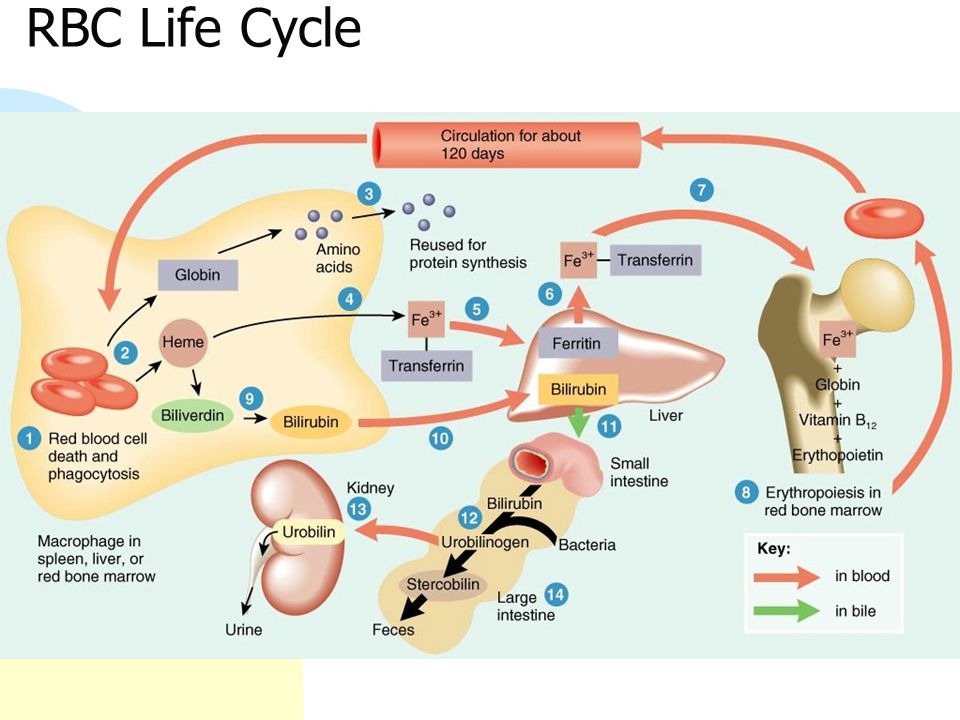INTERVIEW QUESTIONS
1.Why do you
think it is important for Thames Water to share scientific knowledge among its
workforce?
·
Knowledge sharing important because it
encourages more connection and collaboration between the workforce.
·
get to know everyone and work in happy environment
and be more productive
·
Make everyone knowledgeable about scientific
advancements in the field.
·
E.g. from studying the Thames water corporate
responsibility and sustainability report suggest that it is important that we
share scientific knowledge to help spread awareness of the implications and
understanding of how to protect public water supplies and the environment in
terms of climate change.
It is important that that employees share their job-related with
each other, so that they will be able to perform their job better and
eventually lead to higher organization performance. The more knowledgeable
individuals are, the more they will be able to innovate. For a company to stay
in the game, the employees need to make the most of the knowledge they have-
sharing and absorbing it readily.
2.How do you
think Thames Water can fulfil its environmental responsibility by sharing
scientific knowledge?
·
its written on
corporate responsibility and sustainability report. ''responsible and
sustainable use of natural resources''.
·
Sending a monthly scientific magazine to all
workforce of latest scientific advancements, holding seminars to the public and
visiting primary and secondary schools to spread awareness to the general
public.
·
creating posters and/or advertising.
Environmentalism is an ideology that evokes the necessity
and responsibility of humans to respect, protect and preserve the natural
world.* Promoting environmental awareness is a crucial part of being an
environmental steward. A way to promote this is by proposing environmentally
sustainable and beneficial projects and starting community gardens. As well as
constantly educating people. By this way people can understand the economic and
biological importance of eliminating the harmful products created by man.
3. What previous
experience do you have in teaching or tutoring?
·
very rewarding
to tutor people.
·
I have tutored 9 year olds at a elite private
school for three years.
·
I am able to explain theories and complex
information in a simple and easy to understand and friendly way similarly I way
will help my colleagues in understanding.
4. Please give an
example when you used your communication skills in teaching or
tutoring?
·
I helped teach
someone how to code and create website as well as buy a website and domain
name.
·
I used to be in
a computer club.
·
looking for
someone with it experience and I know how to use Microsoft office.
Effective communication is the key to human interaction. Whenever
I teach, I communicate in a respectful manner. I use a tone that is honest and
tactful. When taking on a listening role, I make eye contact and focus on the
speaker.
5. How do you
see your career progress within the area of teaching?
·
I personally
love to teach very rewarding.
·
I like the career prospects and development such
as promotional opportunities of career advancement to become of senior
instructor & part of the senior
training strategic team.
·
looking to stay
with Thames Water for the a long period of time in my life.
·
I can handle
responsibility.
Developing my skills as a teacher will not only help you deliver
engaging and informative lessons, but it will also help me progress in my
teaching career. Continuing professional development (CPD) is a great way of
showing employers that I am committed to the company and that I will keep up to
date with new approaches of teaching. Personal development way is the best way
to learn new skills. And may one day I will have the expertise to have a
leadership role.
6. What do you
think you will personally bring to the role?
·
I have learned
business studies so can help cater to achieve the company goals as well as my
scientific understanding.
·
I am determined
individual so will try my upmost best to spread the awareness due my duties such
as assisting in workshops.
·
I enjoy
teaching and open to learn from others.
7. Why are you
interested in working for Thames Water?
·
I like to drink water.
·
I like the career prospects and development such
as promotional opportunities of career advancement to become of senior
instructor & senior training strategic team.
·
I enjoy
the mix of the business and science fields which I have qualifications for both
and learned them at A-level.
·
Thames water is the largest water services
company in the UK and it will be a privilege to serve the people of the UK
providing them with a vital necessity of water.
·
The
Thames Water reputation is certainly a key factor, I would be proud to work for
a company with such a long history of leadership in the industry.
·
* A
friends that works there has told me that the culture supports learning and
development and really rewards hard work.
·
*
Also my proven track record in teaching and my superb communication skills make
me and excellent match for the job requirements.
·
*
Also, the role excites me because I love the idea of sharing facts and
interacting with people.
**REMEMBER TO STAY POSITIVE LIKE A PROTON!!**


